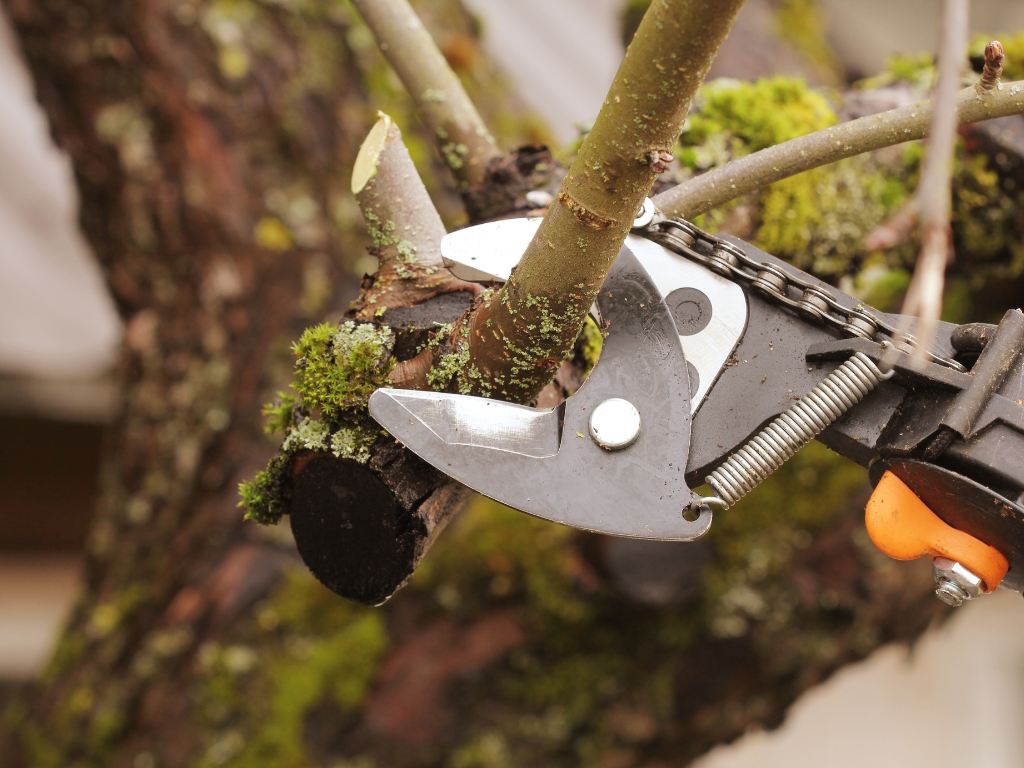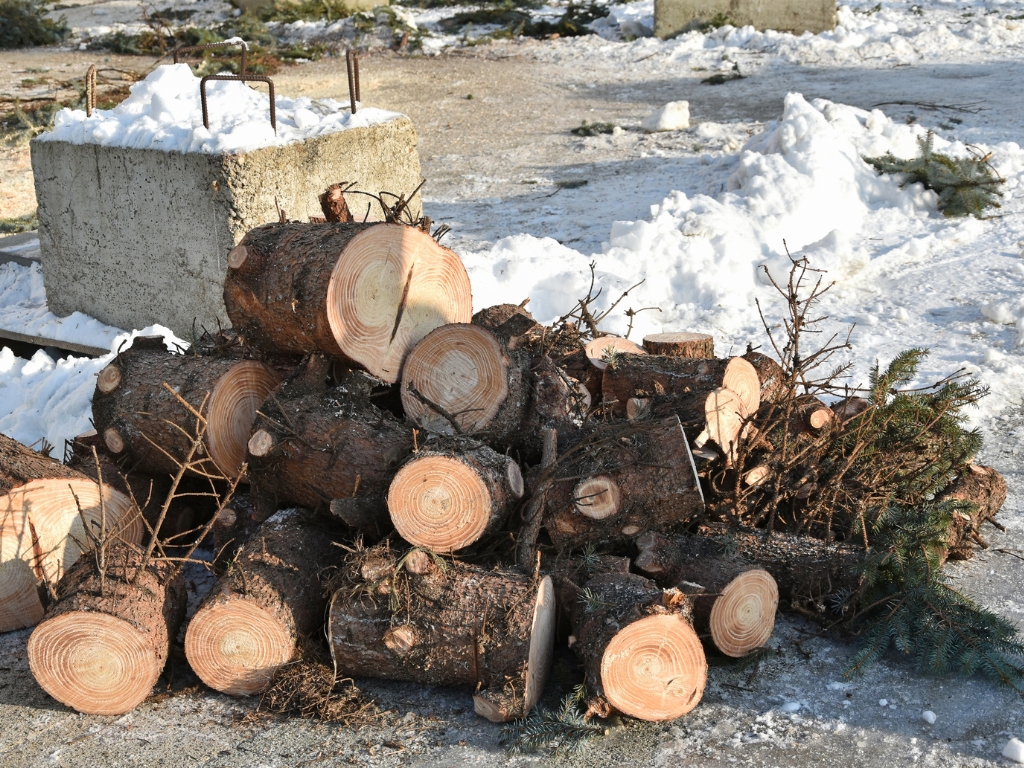Trees are an indispensable part of the environment, contributing to the balance of nature by providing oxygen, improving air quality, conserving water, preserving soil, and supporting wildlife.
In the urban landscape, trees add aesthetic value, contribute to the community’s well-being, and often hold sentimental value for property owners. However, despite their numerous benefits, there are circumstances where tree removal becomes necessary. Understanding the reasons for tree removal is crucial for maintaining safety, protecting property, and preserving the health of other trees and the surrounding ecosystem.
In every residing location, responsible tree management means recognizing the signs that indicate a tree poses more risk than benefit. This article delves into the top reasons why a tree might need to be removed by a professional tree service in Connecticut, highlighting the complexities and rationale behind making such a significant decision.
1. Disease or Pest Infestation
When a tree becomes diseased or is heavily infested by pests, it can pose a serious threat to other plants and trees in the vicinity. Disease can weaken the structure of a tree, making it more susceptible to falling during storms or under the weight of its own branches. Pest infestation can also spread rapidly, compromising not just one tree but an entire area. A professional tree service in Connecticut can help identify the extent of the disease or infestation. If treatment is ineffective or the tree is too far gone, removal may be the only responsible option.
The presence of fungi, dieback, discolored leaves, and visible pests are indicators of a tree in distress. Early diagnosis can sometimes save a tree, but in many cases, especially with invasive species like the emerald ash borer, the tree’s health is irreversibly compromised. A tree service in Connecticut will consider the type of disease or pest, the threat to surrounding flora, and the potential for recovery before recommending removal.
Moreover, removing a diseased or pest-infested tree can prevent the problem from escalating and affecting other healthy trees and plants. Tree specialists are trained to handle and dispose of such trees properly, ensuring that pathogens or pests are not spread during the removal process.
2. Structural Problems
Trees with structural problems pose significant risks to people, property, and other trees. Structural issues can include weak branch unions, cracks in the trunk, or a poor root system. These flaws can make a tree unstable and likely to fall, especially during adverse weather conditions. A certified arborist can sometimes correct structural issues with pruning or cabling, but if the structural integrity is too compromised, removal is the safest choice.
The risks of ignoring structural problems are severe. Falling branches or trees can cause injury, death, or significant property damage. In urban areas, where trees are often near homes, vehicles, and public walkways, the potential for harm is increased. Regular inspections by a tree service in Connecticut can detect and mitigate these risks early on.
Trees that have grown with a tilt or have been damaged by storms may not be able to recover a stable position. It’s critical to consider the direction a tree is leaning and the location of its fall path. Should it threaten structures, power lines, or areas frequented by people, the risk becomes too great, and removal is often the only sensible precaution.
3. Dead Trees
Dead trees are not only unsightly, but they also no longer provide environmental benefits. They become brittle and are much more likely to fall, posing a threat to anything in their vicinity. Removing a dead tree can prevent potential hazards such as falling limbs or the whole tree toppling over, which can be particularly dangerous during storms or high winds.
The process of decay is natural, but in residential areas, it can attract pests like rats or termites. These pests do not stay confined to the dead tree; they can spread to healthy trees or even to residential structures. Professional tree removal services can safely take down dead trees, minimizing the risk of pest infestation spreading to other areas.
Additionally, dead trees can interfere with the growth of surrounding vegetation by blocking sunlight and taking up valuable space. Removing these trees can allow other plants to thrive, contributing to a healthier and more vibrant landscape. A tree service in Connecticut is equipped to assess and remove dead trees with minimal disruption to the surrounding environment.
4. Overgrown Trees
Trees that have overgrown their space can become more than just an aesthetic issue; they can be a safety concern as well. When a tree’s branches extend over a home, they can pose a risk of damage to the roof or siding if they break off. They can also interfere with power lines, which is a serious safety hazard and can cause power outages or fires.
Regular trimming can sometimes control overgrowth, but there are instances when a tree’s size and the extent of its root system become unmanageable. In these cases, removal might be the best option to prevent property damage or potential injury. Tree service professionals in Connecticut can determine whether a tree can be pruned back effectively or needs to be removed.
Moreover, overgrown trees can obstruct views, create too much shade for other plants to grow properly, and can even affect property values. The removal of such trees can open up a property, letting in more light and allowing for new landscaping opportunities.
5. Tree Roots Causing Damage
Tree roots can grow extensively underground, sometimes causing unseen damage. They can lift and crack sidewalks, driveways, and even foundations, leading to costly repairs. If a tree is located too close to a structure, its root system can compromise the integrity of the building. This is a common reason for tree removal, as the damage to infrastructure can be significant.
Roots can also interfere with underground utilities, such as water lines and sewer pipes. As they seek moisture, they can penetrate and obstruct these systems, causing disruptions in service and potential environmental contamination. A tree service in Connecticut can help identify these risks and recommend the best course of action, often removal of the problematic tree.
Additionally, while some trees have deep root systems that go straight down, others have shallow, spreading roots that can cause more surface damage. In such cases, even if the tree appears healthy, the best long-term solution to prevent further damage is often to remove the tree entirely.
6. Landscaping Changes
Changes in landscaping can necessitate the removal of trees. Whether a property owner is looking to install a pool, expand their home, or create a new garden, existing trees may need to be removed to make room for the new design. Landscaping isn’t just about aesthetics; it’s about functionality and the overall health of the garden ecosystem.
When planning major landscaping renovations, a professional tree assessment can help determine which trees can be preserved and which should be removed. Trees that are not in the right location or do not fit the vision for the space can be safely removed by a tree service in Connecticut to facilitate new landscaping projects.
Furthermore, some trees may have been planted too close together, leading to overcrowding as they mature. Thinning out these trees can improve the health and appearance of the remaining trees, allowing them more room to grow and better access to sunlight and nutrients.
7. Storm Damage
Severe weather can leave trees damaged beyond repair. Storm-damaged trees are often unstable and can fall at any time, posing a risk to safety and property. After a storm, it is essential to assess the damage and decide whether a tree can be saved or should be removed.
A professional tree service in Connecticut can evaluate storm-damaged trees to determine the best course of action. In some cases, strategic pruning can save a storm-damaged tree, but if the main trunk or structural branches are severely damaged, removal may be the only safe option.
Additionally, if a storm uproots a tree, the tree not only loses its structural integrity but can also cause immediate damage to the surrounding landscape and infrastructure. Immediate removal of uprooted trees is critical to prevent further damage and to ensure public safety.
8. Views and Sunlight Improvement
Sometimes trees can obstruct scenic views or block sunlight from reaching homes or gardens. Removing such trees can enhance the view from a property and increase natural light, which can be a significant improvement for the property owner’s enjoyment and potentially for the value of the property.
A tree service in Connecticut can provide guidance on which trees can be pruned to enhance views and sunlight and which should be removed altogether. Strategic tree removal can make a dramatic difference to a property, opening up panoramic views or allowing for the installation of solar panels.
Moreover, increased sunlight can benefit gardens and outdoor living spaces, making them more enjoyable and vibrant. The careful removal of trees to improve light penetration must be balanced with maintaining privacy and the overall landscape design.
9. Allergies or Toxicity
Trees like the common allergen producer, the Bradford pear, or toxic species such as the poison sumac, can cause significant health issues for people with sensitivities or allergies. For some property owners, the removal of such trees is essential for their health and comfort.
A tree service in Connecticut can identify species that are known allergens or have toxic characteristics and advise on their removal. In cases where health is a concern, it may be wise to replace these trees with other, non-allergenic species.
In addition to individual health concerns, some trees produce extensive amounts of pollen that can affect entire neighborhoods. Removing these trees can improve the quality of life for many residents, especially during the high-pollen seasons.
Conclusion
While trees bring numerous benefits to the environment and aesthetic appeal to properties, there are valid reasons for their removal, ranging from ensuring safety and preventing property damage to enhancing landscaping and addressing health concerns. Recognizing when a tree poses more risks than benefits is a crucial aspect of property maintenance and environmental stewardship.
Looking for reliable tree removal or need expert advice on your trees? Contact Spear Bro’s Tree Service today, and let us take care of your tree concerns with professionalism and care.





